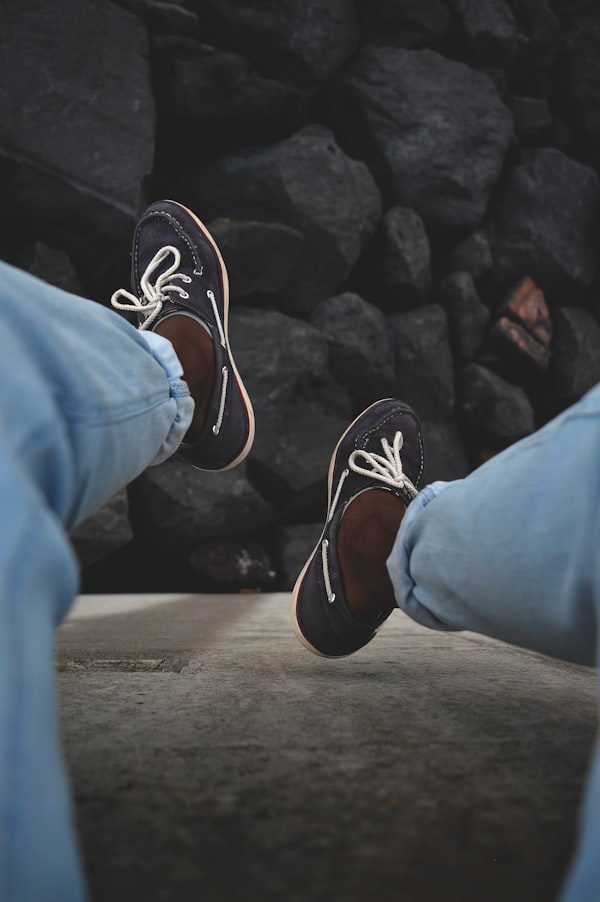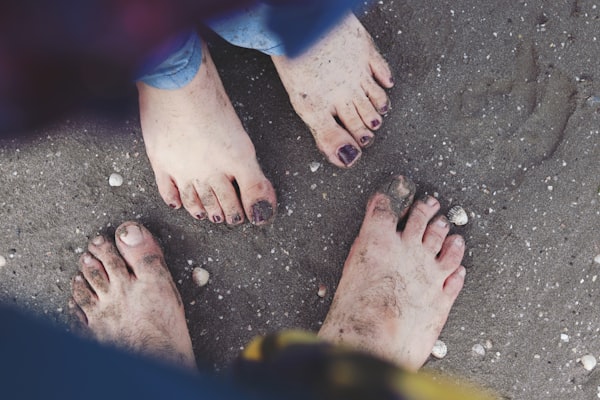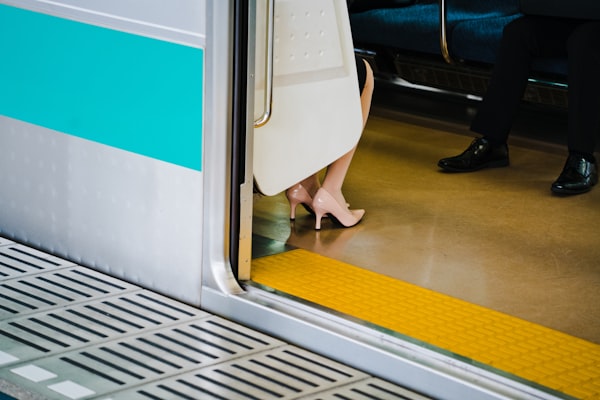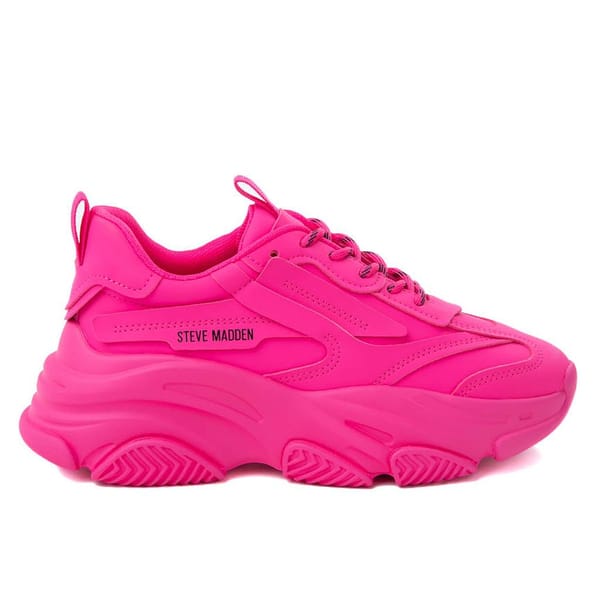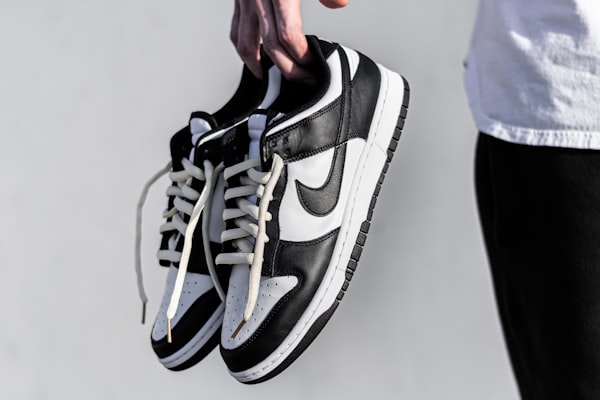Are you tired of slipping and sliding all over the place like a clumsy seal on a freshly waxed floor?
Well, fear not, my fellow klutzes! There is a way to avoid those embarrassing tumbles and embarrassing trips to the chiropractor.
By learning to tell if shoes are non-slip, you'll be able to walk with confidence and grace (or at least, as much grace as you can muster).
Whether you're walking on a wet floor, navigating an uneven surface, or simply want the added security of a slip-resistant shoe, this information will be invaluable in helping you make an informed decision.
Regarding non-slip shoes, there are a few key things to look at: the sole, the type of shoe, and the material. Without further ado, let's dive into how to identify non-slip shoes.
1. The Sole
To begin with, a key feature to look for when determining whether a shoe is non-slip is the sole. Non-slip soles will often have a rough or textured surface that helps to provide traction on slippery surfaces. This can be especially important when walking on wet floors or surfaces prone to being slick.
In addition to a rough or textured surface, some shoes may have a unique non-slip coating applied to the sole. This coating can effectively prevent slips and falls by providing additional traction. It's worth noting that non-slip coatings can wear off over time, so it's essential to check the condition of the coating and reapply if necessary to ensure the shoes remain effective.
Overall, the sole of a shoe is a crucial factor to consider when looking for non-slip shoes. Be sure to look for shoes with a rough or textured surface or a special non-slip coating applied to the sole to help prevent slips and falls on slippery surfaces.
2. The Type of Shoe
Another factor to consider when identifying non-slip shoes is the type of shoe. Some shoe styles, such as boots and trainers, often have thicker and sturdier soles, providing extra traction. These types of shoes can be particularly effective in wet or slippery environments.
Additionally, shoes with a lace-up or zip-up closure may offer a tighter fit and more stability, making them a good choice for activities where you need to be sure-footed.
3. The Material
In addition to the sole of the shoe, the material of the shoe can also contribute to its slip resistance. Shoes made from leather and rubber tend to be more slip-resistant than those made from canvas or nylon.
Leather and rubber have a natural grip, providing extra traction on slippery surfaces. Leather can be especially effective at preventing slips and falls because it is a dense and durable material that can withstand wear and tear. Rubber is also a good choice for non-slip shoes because it is flexible and can conform to the foot's shape, providing a secure and comfortable fit.
On the other hand, materials like canvas and nylon are less slip-resistant because they are smoother and less dense. These materials may not provide as much traction on slippery surfaces and may not be the best choice for non-slip shoes.
Overall, the material of a shoe can play a significant role in its slip resistance. When looking for non-slip shoes, consider selecting a pair made from leather or rubber to help prevent slips and falls on slippery surfaces.
On a Final Note
You can confidently navigate any surface without fear of embarrassing falls by looking for a rough or textured sole, choosing a shoe style with a thick and sturdy sole, and selecting shoes made from slip-resistant materials.
Remember, non-slip shoes are your secret weapon against clumsiness (and potential chiropractor bills).
Related Articles






